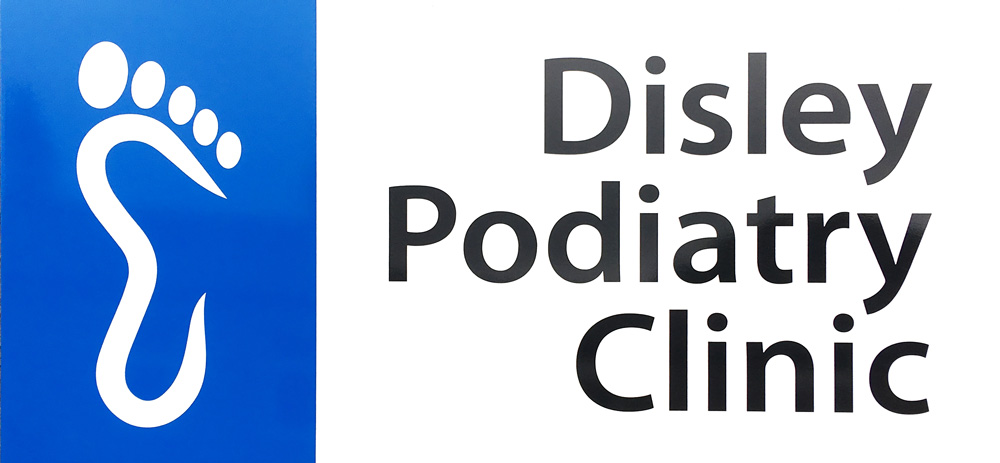Common Foot Complaints
Focus on Your Feet
Calluses
A callus is excessive thickening of the skin commonly found on the sole of the foot and toes. These are usually caused by excessive external forces such as ill-fitting footwear or biomechanical problems including abnormal gait or bony structure.
However, calluses can be caused by congenital skin conditions and in such cases may appear on none-weight bearing surfaces. If untreated, calluses can become very painful.
They can be reduced with a pumice stone/emery board or alternatively using debridement where the thick skin is painlessly reduced (not cut) using a sterile scalpel. Your podiatrist may recommend different footwear or an orthotic insole to compensate for any biomechanical abnormalities.
Professional consultation and treatment is strongly advised for painful calluses.
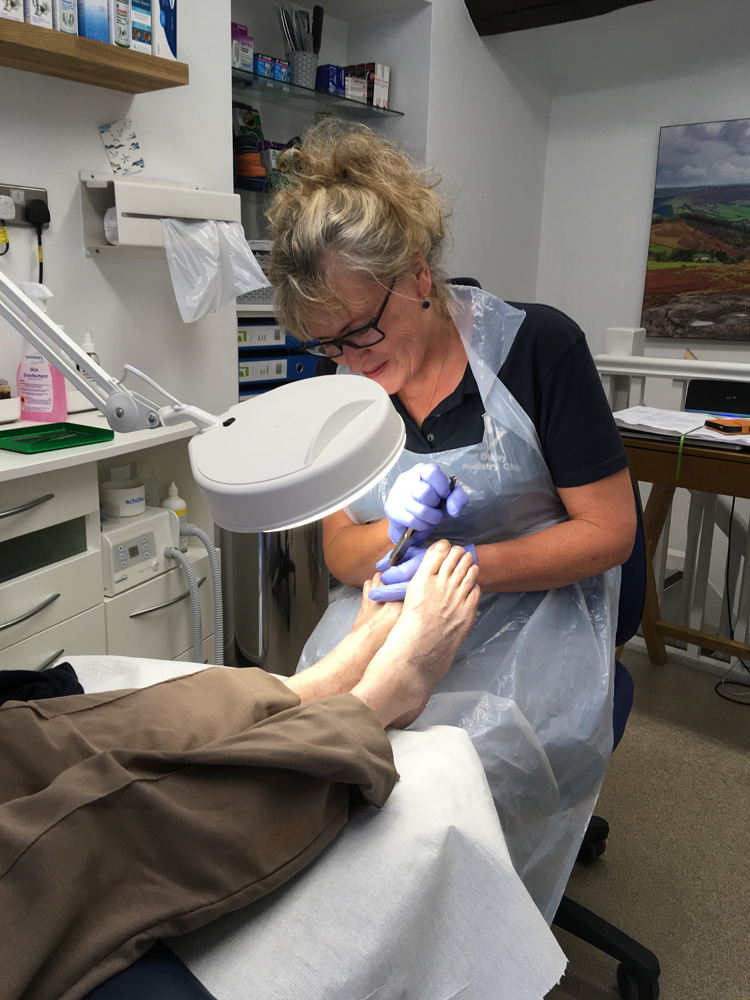
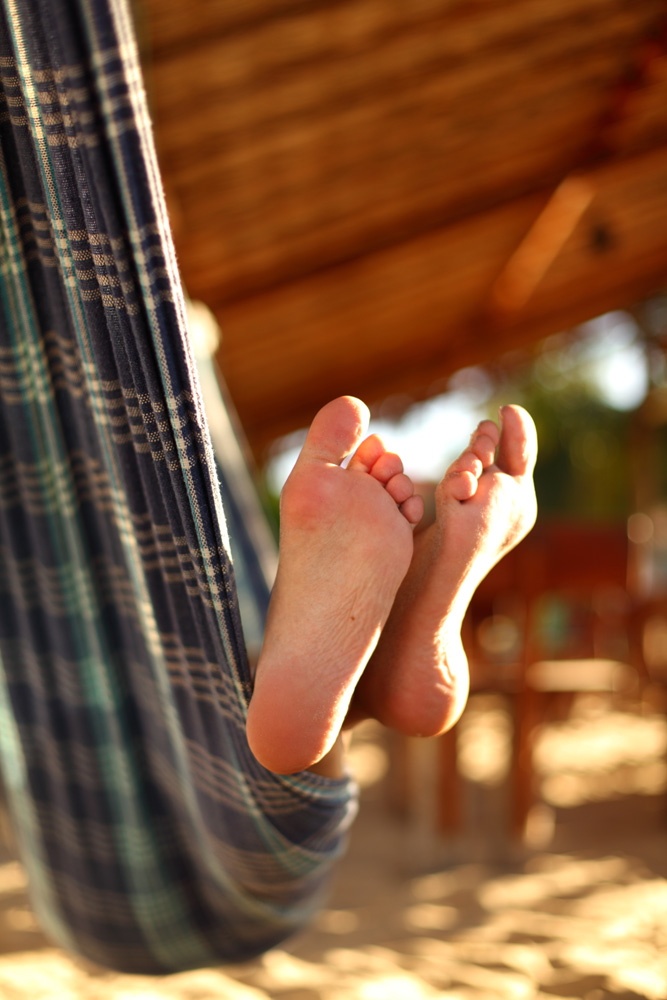
Corns
A type of callus commonly found on the ball and heel of the foot, in-between toes or overlying the joints or apices of the smaller toes.
Corns are often caused by excessive external forces such as ill-fitting footwear or due to biomechanics problems including abnormal gait or bony structure.
Corns can be both hard and soft, appearing as a round mass of yellow callus or a thin lesion surrounded by white macerated skin respectively. They are generally painful when compressed.
Whilst dressings and plasters can be used to deflect pressure away from a corn, these will do little to reduce the size of the lesion. The symptoms can be alleviated by painless surgical reduction but the corn will return if the causal factors are not addressed.
Your podiatrist may recommend different footwear or an orthotic insole to compensate for any biomechanical abnormalities. Professional consultation and treatment is strongly recommended for corns.
Ingrown toenails
Instead of growing forward and out, the nail grows into the flesh. The big toe is most commonly affected although it can affect any toenail.
There are a number of possible causal factors such as the shape of the nail, abnormal pressure on the surrounding flesh or poor nail-cutting techniques. An ingrown toenail will usually result in pain on compression of the flesh surrounding the toenail and the flesh may appear inflamed or infected.
Ingrown toenails can be treated conservatively but more often than not require surgical treatment and/or antibiotics. It is not always necessary to remove the whole nail but rather just small sections from the ingrown side. This is carried out under local anaesthetic to remove any pain sensation.
Professional consultation and treatment is necessary for ingrown toenails.
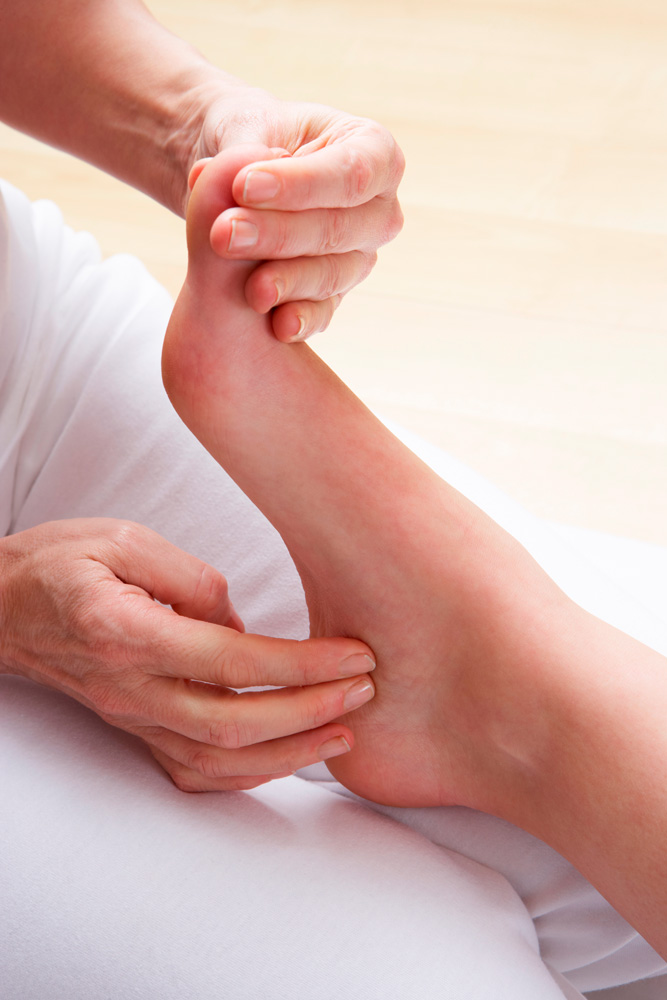

Athlete’s foot
A common fungal infection affecting the skin of the foot. Whilst poor foot hygiene can be a pre-disposing factor, certain types of manmade footwear can create the right dark and moist environment for the fungus to grow.
This infection is commonly found in-between the toes where the skin appears white, moist and even split, although the surface of the foot, close to an infected area can become red and itch.
Athlete’s foot can also affect the soles of the feet, either in patches or across the entire area where the skin can appear dry and cracked with small dark blisters. This again will be sore and itchy. Treatments are conservative, usually the application of creams.
Professional consultation and treatment is necessary for Athlete’s foot as it is contagious and should be treated immediately.
Verrucae
A verruca is essentially a wart on the foot caused by a virus known as the human papilloma virus, the most common cause of viral skin infections. Verrucae can appear in a number of forms although most commonly that of an isolated lesion with a surrounding callus and multiple small black dots within the central core. They can be painful when squeezed but otherwise don’t tend to cause discomfort.
Treatment often involves reduction of the callus with an emery board and application of a chemical ointment or gel. For more severe cases a verruca can be frozen using a thermal agent or excised under local anaesthetic. Professional consultation and treatment is strongly advised for verrucae as they can spread easily.
If you have a question about one of the above or any other type of foot complaint, please get in touch by telephone or use our online contact form. Your podiatrist will be happy to chat about how we can help your feet.

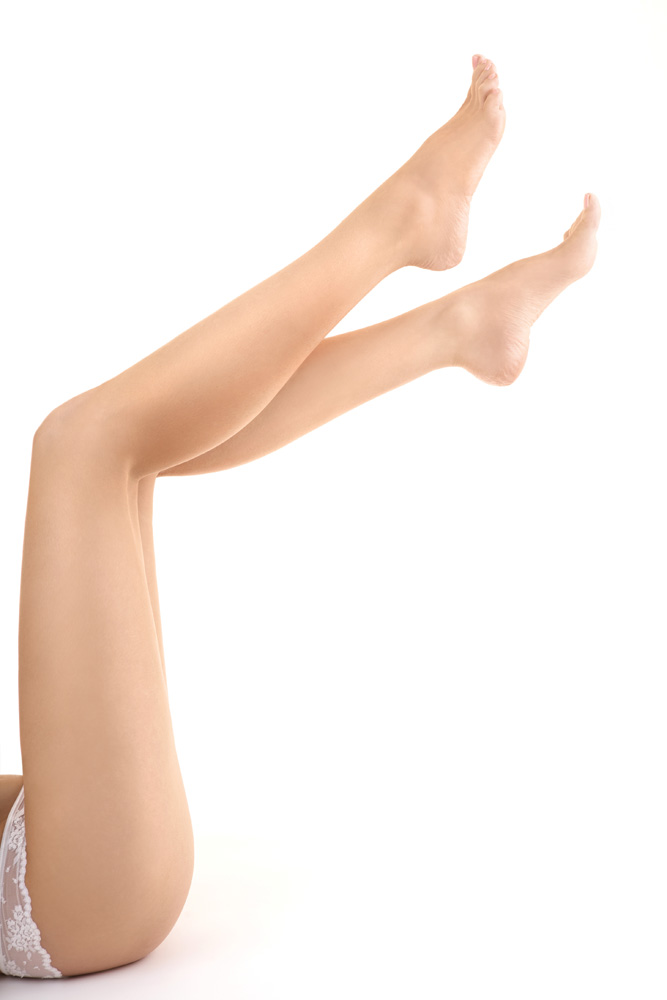
Plantar fasciitis
This is one of those complaints you haven’t heard of until you get it, after that, it seems eveerybody you talk to has either suffered from it at some point, or knows somebody who has.
Plantar fasciitis manifests as a painful heel or tnederness in the arch of the foot and is especially noticable when you first get out of bed (first step pain). It is an inflammatory condition and, with time, does eventually clear up on its own.
Essentially what happens is that the tiny fibres of the tissue surrounding the structures under the foot become torn or damaged, either at the point of attachment to the heel bone, or under thee long arch of the foot. When you are off your feet the pain subsides, but as soon as you stand, the fascia is put under tension and pulls at the point of pain.
Plantar fasciitis may develop for several reasons:
- Foot function; a foot which is quite flat, or tends to over-pronate
- Poor or unsupportive footwear
- Going up and down ladders
- pregnancy; extra body weight and hormonal change
Identifying the cause of the flare up is key to treatment.
Treatment may include; insoles or otrhoses, footwear advice, strapping, mobilisation, or referral for anti-inflammatory medication or steroid injection.

